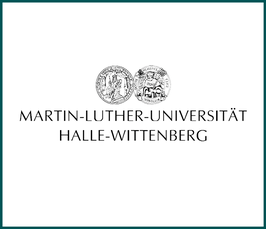Epitaxial growth and charge-to-spin conversion studies of Bi2Te3 topological insulator
PhD Defense
- Date: Jun 29, 2021
- Time: 03:00 PM (Local Time Germany)
- Speaker: Jue Huang
- Doctoral candidate at MPI-MSP
- Location: Online

Abstract
As a novel class of materials, topological insulators (TI) have been intensively studied since the first theoretical prediction in 2006[1]. Bi2Te3, Sb2Te3 and Bi2Se3 compounds were theoretically predicted and experimentally observed as 3D topological insulators, which have a large bulk bandgap, but possess metallic surface states.
These spin-polarized surface states have a number of exciting properties such as the spin/momentum locking and suppression of backscattering.
The field of TIs leads to potential applications in spintronics and quantum computing, and lots of research efforts are being made.
This dissertation explores the charge-to-spin conversion in topological insulator thin films of
Bi2Te3 grown by molecular beam epitaxy (MBE). It shows a thickness-dependent spin torque
ratio in ultrathin thickness range (3 QL - 10 QL), where QL refers to quintuple layer.
In the first part, we focus on the growth of high quality Bi2Te3 thin films by employing MBE
technique. Using in-situ electron diffraction method for structural characterization, the growth
of Bi2Te3 thin films is optimized. Then we performed electrical measurement on Bi2Te3 thin
films to explore the electronic transport properties, and disentangle contributions from the bulk
and surface states.
In the second part, we use spin torque ferromagnetic resonance (ST-FMR) to measure spin
torques generated by the topological insulator Bi2Te3 onto a magnetic layer (Permalloy) and
calculate the spin torque ratio. We find the value of spin torque ratio reaches maximum at 8
QL Bi2Te3 in a thickness range from 3 QL to 10 QL. The ST-FMR measurements are performed
both at 300K and at 4K, yielding a larger spin torque ratio at low temperature. The observations
suggest significant contributions of the surface states of the TI to the charge-to-spin conversion.
[1] B. A. Bernevig, T. L. Hughes, and S.-C. Zhang, Science, 314, 5806, 2006